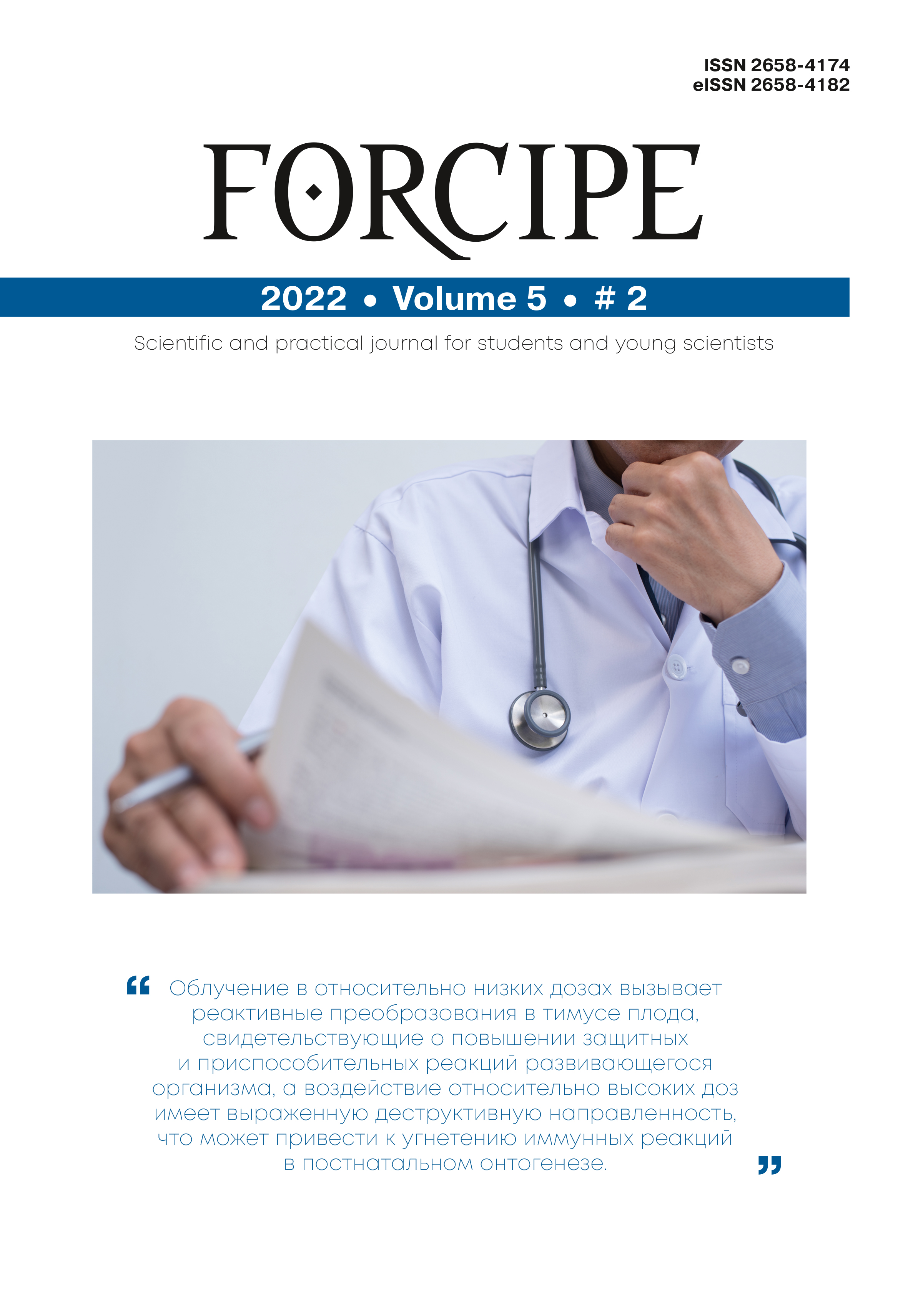CONTINUITY OF TEACHING FUNCTIONAL-CLINICAL ANATOMY OF THE FEMALE GENITAL SYSTEM
Abstract
The study of the functional morphology of the organs of the female reproductive system is an important aspect of the high -quality training of obstetricians and gynecologists. At the Military Medical Academy and Saint-Petersburg State University, the continuity of teaching these issues has been ensured, as well as a harmonious system for mastering the anatomical and clinical aspects of the anatomy of the female pelvic organs at the diploma and postgraduate levels. To ensure a high level of teaching, much attention is paid to improving the material and technical base: the collections of educational and fundamental museums are being replenished with the use of innovative technologies of polymer embalming and 3D technologies, new expositions have been created to demonstrate the capabilities of modern methods of intravital visualization of the female reproductive system, age -related changes in internal genitals, as well as typical pathological processes. For advanced training cycles, educational technologies have been developed and training cadaver courses on 3D anatomy of the pelvic organs have been successfully conducted with the development of basic laparoscopic skills on natural anatomical objects. The gained experience indicates a significant demand for anatomical knowledge in the training system for obstetricians and gynecologists, especially at the postgraduate level.



